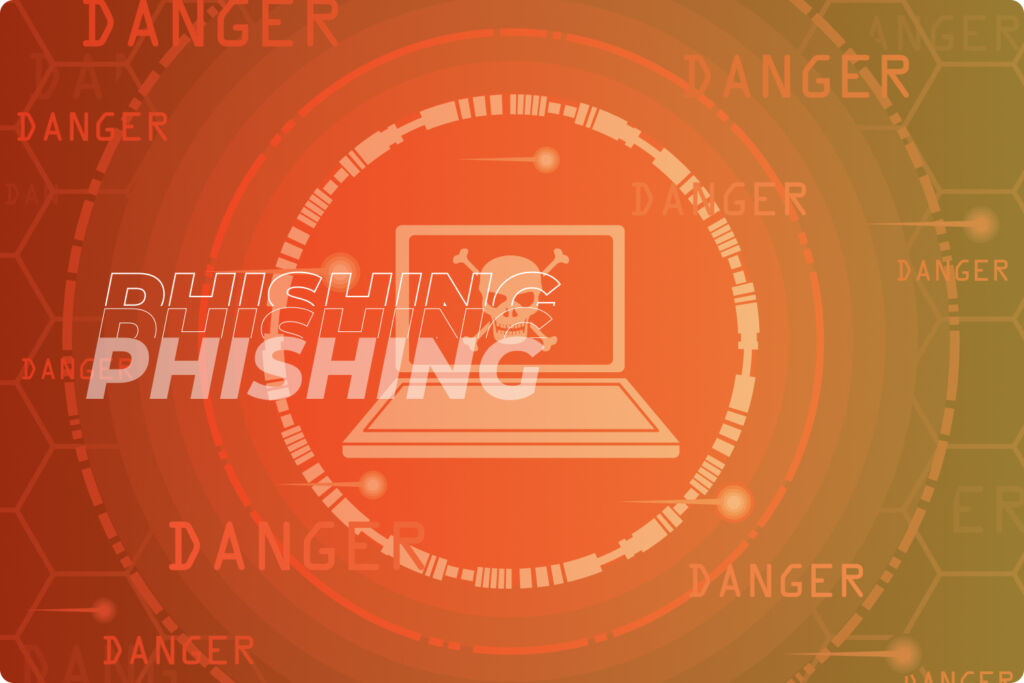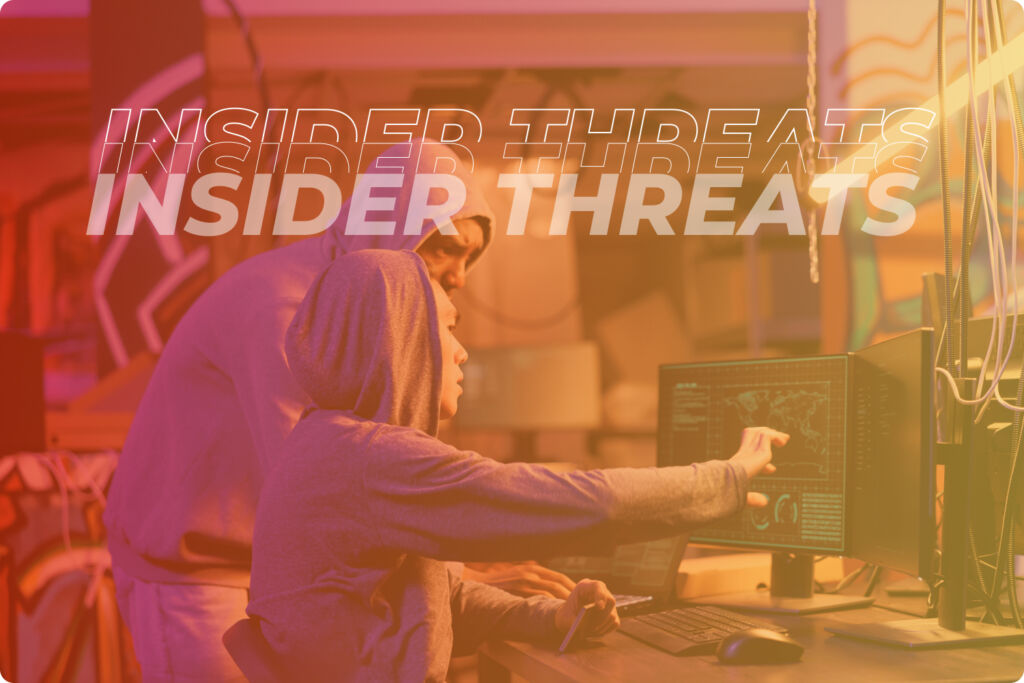Ever since the dot-com era of the internet started in the late 1990s, cybersecurity has emerged as a critical concern. Businesses are facing a higher risk of being attacked online in today’s world, and these security threats are expected to become more complex and costly to deal with in the future.
Analysts forecast that the worldwide expenses associated with cybercrime will amount to $10.5 trillion by 2025, marking a 15% increase from $3 trillion in 2015. This article will discuss the top 10 cybersecurity threats that businesses are currently facing.

1. Phishing
Phishing and Business Email Compromise are the most effective low-tech ways that cybercriminals gain unauthorized access to networks by sending emails that look legitimate, almost like everyday business, executive, or other trusted correspondence from within an organization communicating with team members.
By either clicking a malicious link or entering information into a fake website, damaging malware is downloaded to a device, thus opening the gates to private networks.
Since most organizations are already leveraging cloud services, such as Gmail or Office 365, attackers are smarter than ever when it comes to impersonation and luring those who might not be on alert to recognize a spoof email and take action.
2. Malware and Ransomware Attacks
CSO data reveals that United Health Services paid $67 million as a result of one ransomware attack in 2020. Cyber attacks like the one on UHS have started to happen more frequently now.
In addition to the financial costs of attacks, there are many other negatives of ransomware attacks. Some of these include decreases in productivity, restoration expenses for system downtime, and the cost of replacing equipment.
3. Formjacking
Formjacking is the unauthorized use of fields in a website form. In this threat, payment pages for stores are particularly susceptible to formjacking assaults since they carry sensitive information like credit cards and bank details.
Chatbots are used by hackers to evade detection, which has increased the chances of this particular threat for businesses. According to the Symantec Internet Security Threat Report, on average, 4800 sites are compromised each month because of formjacking.
4. Machine Learning and AI Attacks
Machine Learning (ML) and Artificial Intelligence (AI) are crucial for firms to defend digital systems against cyberattacks. However, hackers leverage the same technologies to execute their destructive missions.
These next-generation tools allow for more precision, higher scale, and faster speeds in new types of online attacks, making it inordinately easy for the bad actors on the internet to access critical networks and break into sensitive databases.
5. IoT Attacks
According to projections from Statista, by the year 2025, more than 75 billion devices will be interconnected via the Internet of Things (IoT). This network encompasses devices ranging from computers and smartphones to surveillance cameras, smart home appliances, health monitoring tools, industrial machinery, connected vehicles, and home security systems.
While expanding connectivity through IoT offers convenience and efficiency benefits, it also exposes these devices to heightened cybersecurity risks. Cybersecurity threat actors can utilize compromised devices to disrupt vital systems, inundate networks, and breach sensitive information.
6. Supply Chain Attacks
A supply chain attack, otherwise known as a third-party attack, is an attack vector a hacker uses to compromise security in a larger company by exploiting a weaker supply network partner. According to a recent study, 91% of organizations experienced a supply chain attack over the last year.
7. Endpoint Attacks
As businesses migrate to cloud services and more critical operations occur on remote workstations, their likelihood of a cyber-attack increases. As more companies are now adopting the ‘bring your own device’ model and using Software as a Service (SaaS) platforms, cybercriminals have even more ways to attack. Businesses tend to struggle to secure these off-premises systems and personal devices as these are the vulnerable endpoints of most of today’s attacks.
8. Insider Threats
Many individuals in the organization have access to highly sensitive information. This group includes current and former employees and independent consultants or freelancers. Shockingly, 25% of data breaches are caused from within an organization itself. This is referred to as insider threats. The reasons for such actions by company employees may be financial incentives or, in some cases, personal grudges. However, regardless of the reason, the spread of vital information by these insiders can lead to considerable economic losses.
9. Cryptojacking
Also known as digital money, cryptocurrency has a direct relationship with cybersecurity. Cryptojacking involves the use of people’s or an organization’s computers by hackers who take them over to mine for digital currency. It is lucrative because crypto mining has significant demands on computing power. The process results in cybercriminals being allowed to mine for digital currency at the owner’s expense.
Although mining goes unnoticed by company systems for the most part, once it has occurred, the company is hugely impacted in various ways. The periods of inactivity can be both long and enormously expensive due to the time IT departments take to identify and remove the cryptojacking software.
10. Storage Reconnaissance
Almost all companies have their data stored in the cloud, and over half of the people assume that the data there is safe. However, this is not always the case because hackers are looking for a cloud service that is not safeguarded from them. Moreover, most such platforms are very insecurely protected, and any hacker can access them.
The most apparent evidence of a hacked storage plan is represented by the S3 cloud-bucket hack of 2017. The bucket harbored a myriad of highly classified information from the NSA, which would be a massive cause of concern for the company to suffer severe consequences. Therefore, it needs to be arranged with all responsibility that companies know well that critical data in the cloud may become an issue of safety.
Conclusion
The cyber security world is dynamic, and businesses are facing more cyber threats today than ever before. Having an environment in which the employees of a corporation know the importance of cyber security and different ways of dealing with threats will significantly help reduce the possibility of companies being attacked by cybercriminals. A company can reduce its exposure to online attacks by addressing the most significant cyber security risks to businesses these days.
Work with FunctionEight today, give top-notch training to your cybersecurity team, and become more resilient in the face of cyberattacks. Contact us today and get a Free Consultation.





